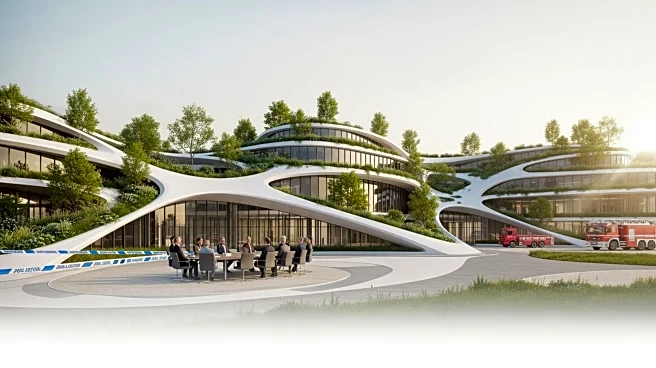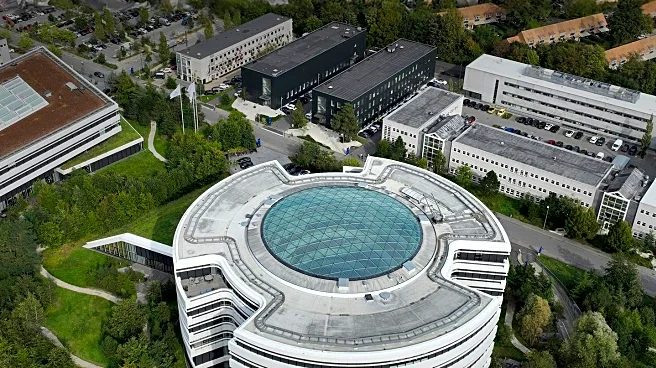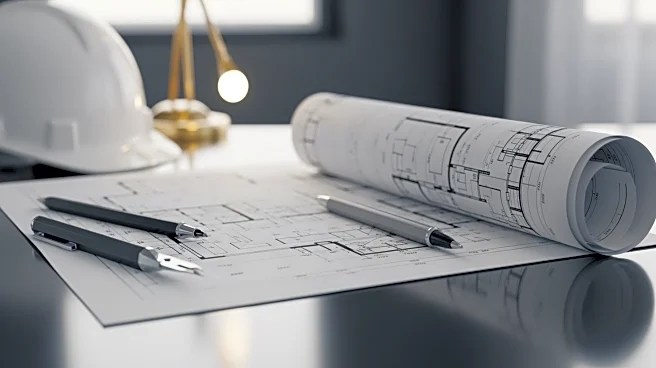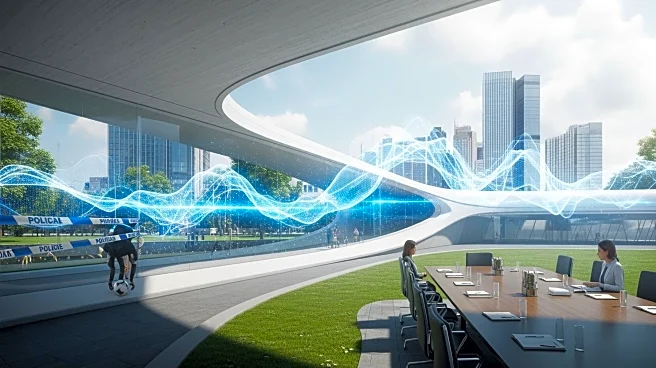What's Happening?
Biomimicry in architecture is gaining traction as a method to create sustainable and efficient buildings by imitating natural forms, processes, and ecosystems. This approach has led to the development
of structures that are both visually striking and functionally intelligent. Examples include Singapore's Esplanade Theatre, which uses a durian-inspired façade for natural shading, and Beijing's Watercube, which employs bubble-like ETFE cladding to heat and light interior pools passively. The Gherkin in London optimizes airflow and structural strength by mimicking the lattice structure of the Venus Flower Basket Sponge. These designs demonstrate how architects can harmonize buildings with their environment, optimize resources, and advance sustainability by learning from nature.
Why It's Important?
The adoption of biomimicry in architecture represents a significant shift towards more sustainable building practices. By emulating nature, architects can create structures that reduce energy consumption, minimize environmental impact, and enhance resilience against climate change. This approach not only benefits the environment but also offers economic advantages by lowering operational costs and increasing the longevity of buildings. As urban areas continue to expand, biomimicry provides a viable solution for creating eco-friendly cities that can adapt to changing environmental conditions. Stakeholders in the construction industry, including developers and policymakers, stand to gain from these innovations as they align with global sustainability goals.
What's Next?
The future of biomimicry in architecture may involve further integration of natural systems into urban planning and building design. As technology advances, architects and engineers could explore new materials and construction techniques inspired by nature, potentially leading to breakthroughs in energy efficiency and resource management. Collaboration between scientists, designers, and policymakers will be crucial in scaling these innovations and implementing them in large-scale projects. Additionally, public awareness and demand for sustainable architecture could drive more investment and research into biomimicry, fostering a new era of environmentally conscious urban development.
Beyond the Headlines
Beyond its immediate environmental benefits, biomimicry in architecture could influence cultural perceptions of sustainability and innovation. By showcasing the beauty and functionality of nature-inspired designs, architects can inspire a broader appreciation for ecological harmony and the importance of preserving natural ecosystems. This cultural shift may encourage more industries to adopt biomimicry principles, leading to widespread changes in manufacturing, product design, and resource management. Furthermore, the ethical implications of biomimicry, such as respecting and protecting the natural systems being emulated, could become a focal point in discussions about sustainable development.












